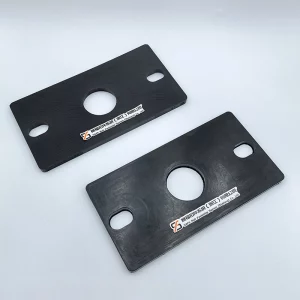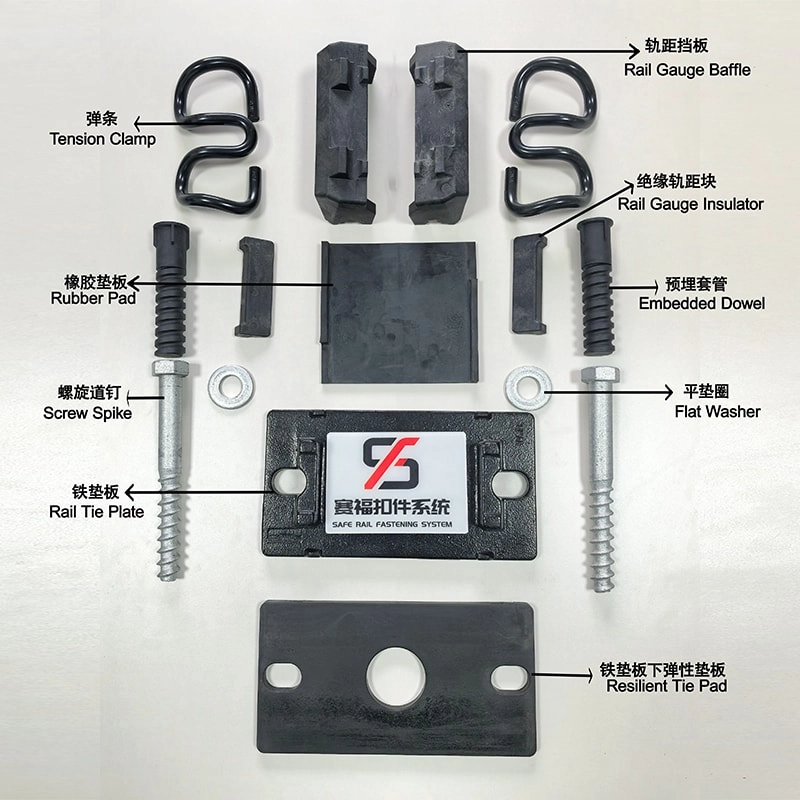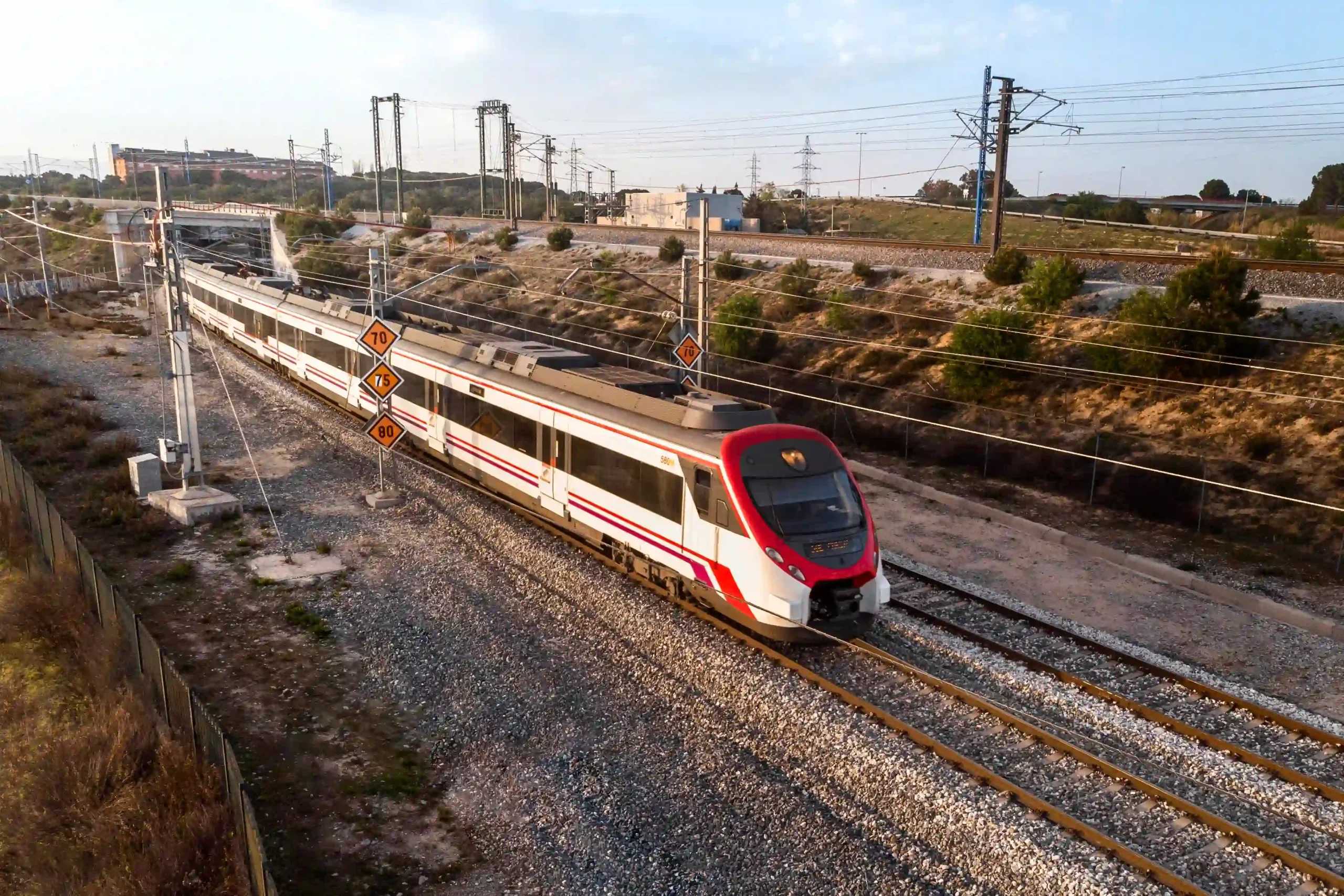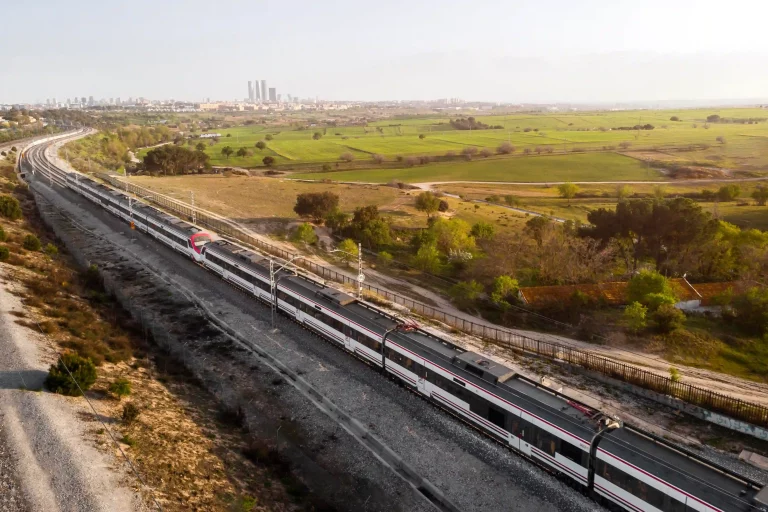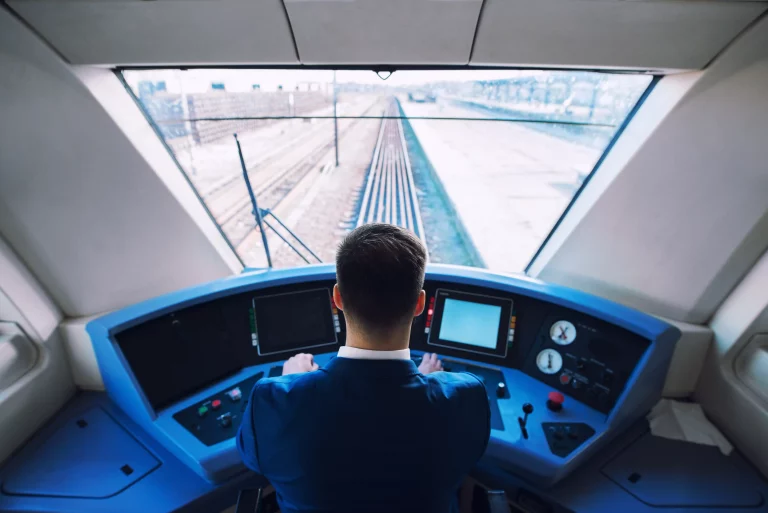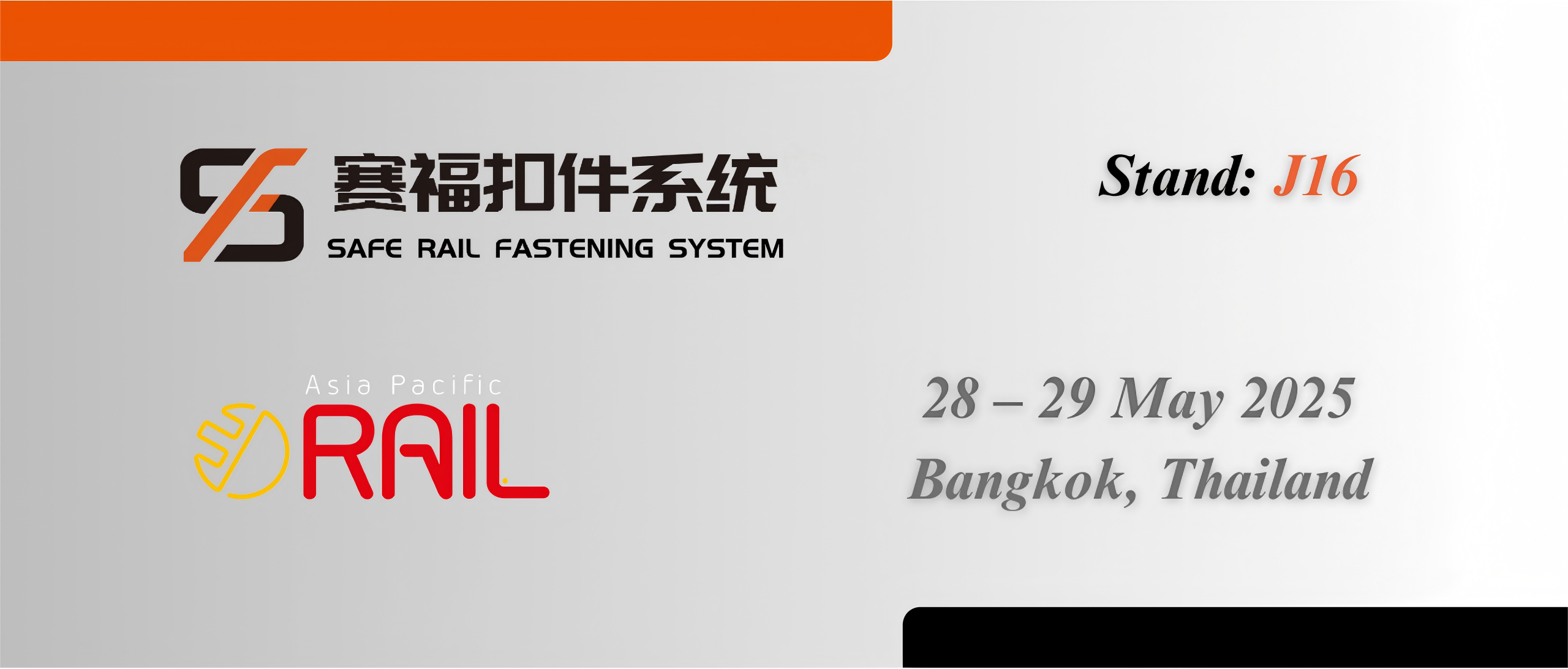In the domain of railway infrastructure, elastic pads are essential for guaranteeing track steadiness, minimizing sound, and boosting longevity. Among the top-tier choices available, the WJ-8 Elastic Pad and Vossloh Elastic Pads emerge as reliable options for rail fastening systems. But how do these two stack up in terms of effectiveness, use, and durability? This article delves thoroughly into a professional evaluation of WJ-8 Elastic Pad versus Vossloh Elastic Pads, providing insights crafted for engineers, railway managers, and procurement experts aiming to enhance their track setups.
Understanding Elastic Pads in Rail Systems
Elastic pads, often referred to as rail cushions or tie mats, are vital elements positioned between the rail and the sleeper (tie) in ballasted track frameworks. They soak up oscillations, reduce clamor, and spread forces efficiently. Both the WJ-8 Elastic Pad and Vossloh Elastic Pads are engineered with these objectives in view, yet their methods vary depending on material makeup, flexibility, and system suitability.
Key Features of WJ-8 Elastic Pad
The WJ-8 Elastic Pad is an integral part of the WJ-8 Fastening System, extensively employed in Chinese high-speed and traditional rail networks. Here’s an overview of its prominent attributes:
Material and Elasticity
- Composition: Generally crafted from robust rubber or pliable thermoplastic compounds, delivering resilience under substantial weights.
- Stiffness: Designed with a balanced rigidity level (approximately 80-100 kN/mm), harmonizing flexibility and firmness.
- Durability: Withstands environmental wear, UV radiation, and temperature swings, rendering it appropriate for varied weather conditions.
Compatibility with WJ-8 System
The WJ-8 Elastic Pad is precisely customized for the WJ-8 fastening setup, which incorporates screw spikes, clips, and base plates. Its structure ensures smooth incorporation, offering steady force distribution and rail movement regulation.
Performance in High-Speed Rail
Rigorously evaluated across China’s high-speed rail grid, the WJ-8 Elastic Pad shines in preserving track alignment at velocities surpassing 300 km/h, cutting down on upkeep demands.
Key Features of Vossloh Elastic Pads
Vossloh Elastic Pads belong to Vossloh’s globally acclaimed fastening systems, like the W 21 and 300 series, utilized in high-speed, heavy-duty, and urban rail scenarios. Let’s examine their defining traits:
Material and Elasticity
- Composition: Frequently employs sophisticated polymers such as cellentic or microcell EPDM, celebrated for exceptional vibration suppression.
- Stiffness Options: Provides an assortment of rigidity levels (e.g., 30 kN/mm for heightened flexibility to 400 kN/mm for heavy-duty), offering adaptability for diverse track categories.
- Longevity: Remarkable resistance to wear, proven through countless load cycles, guaranteeing sustained performance.
System Versatility
Vossloh Elastic Pads work seamlessly with various Vossloh fastening configurations, including pre-assembled setups for concrete sleepers. This adaptability makes them perfect for junctions, crossings, and slab tracks.
Noise and Vibration Reduction
Recognized for their sound-dampening qualities, Vossloh Elastic Pads utilize their distinctive material composition to curb structure-transmitted noise, a crucial aspect in city rail environments.
WJ-8 Elastic Pad vs. Vossloh Elastic Pads: A Head-to-Head Comparison
When deciding between WJ-8 Elastic Pad and Vossloh Elastic Pads, several performance factors come into focus. Below is an in-depth contrast:
| Criteria | WJ-8 Elastic Pad | Vossloh Elastic Pads |
| Material | Robust rubber/thermoplastic | Cellentic polymer/EPDM |
| Stiffness | 80-100 kN/mm (set range) | 30-400 kN/mm (adjustable range) |
| Load Capacity | Tailored for high-speed rail | Ideal for high-speed and heavy-duty |
| Noise Reduction | Adequate | Superior (enhanced damping) |
| Installation | Specific to WJ-8 system | Adaptable across Vossloh systems |
| Durability | Outstanding in varied climates | Exceptional wear resistance |
| Cost | Typically budget-friendly | Higher cost for advanced capabilities |
Load Distribution and Elasticity
The WJ-8 Elastic Pad delivers a well-rounded flexibility that bolsters high-speed rail steadiness, with a consistent rigidity range suited to its framework. Conversely, Vossloh Elastic Pads offer adjustable rigidity, accommodating a wider array of uses, from lightweight urban lines to heavy-duty freight routes.
Noise and Vibration Control
While the WJ-8 Elastic Pad performs satisfactorily in absorbing vibrations, Vossloh Elastic Pads take the forefront with their cutting-edge polymer technology, making them a favored option for sound-sensitive settings.
Application Specificity
The WJ-8 Elastic Pad is a system-exclusive solution, fine-tuned for the WJ-8 Fastening System. Vossloh Elastic Pads, however, boast greater flexibility, integrating effortlessly into various Vossloh fastening arrangements.
Future Trends in Elastic Pad Technology
The rail sector is advancing, and elastic pad technology is keeping pace. Here’s how these developments might shape the WJ-8 Elastic Pad versus Vossloh Elastic Pads discussion:
Smart Monitoring Integration
Future elastic pads could embed sensors to track wear and strain instantly, a feature that might elevate both WJ-8 and Vossloh products.
Sustainability Focus
Environmentally conscious materials are gaining momentum. Vossloh’s use of durable polymers aligns with this shift, while WJ-8 pads might incorporate recycled blends to stay competitive.
Enhanced Customization
As rail networks diversify, adjustable flexibility and modular structures will grow vital. Vossloh already leads in this area, but WJ-8 could broaden its scope to vie effectively.
Explore more about elastic pad advancements in our section.
SAFE: A Leading China WJ-8 Elastic Pad Manufacturer
SAFE distinguishes itself as a top-tier producer of WJ-8 Elastic Pads in China. With a dedication to safety, excellence, and innovation, SAFE manufactures elastic pads that adhere to rigorous industry benchmarks, ensuring dependable performance in high-speed and conventional rail systems. Their proficiency in the Rail Fastening System category establishes them as a reliable ally for railway operators globally.
Frequently Asked Questions (FAQs)
Q1. What is the main difference between WJ-8 Elastic Pad and Vossloh Elastic Pads?
A1. The core distinction lies in their design and application. The WJ-8 Elastic Pad is crafted for the WJ-8 fastening system with a fixed rigidity range, while Vossloh Elastic Pads offer variable rigidity and broader compatibility across multiple setups.
Q2. Which is better for noise reduction: WJ-8 Elastic Pad or Vossloh Elastic Pads?
A2. Vossloh Elastic Pads excel in noise reduction thanks to their advanced polymer materials, making them ideal for urban rail settings where sound control is paramount.
Q3. Are WJ-8 Elastic Pads suitable for heavy-haul applications?
A3. While WJ-8 Elastic Pads are optimized for high-speed rail, they may not rival the heavy-duty capacity of Vossloh Elastic Pads, which provide higher rigidity options for extreme loads.
Q4. How do I choose between WJ-8 Elastic Pad and Vossloh Elastic Pads for my project?
A4. Evaluate your track type, load demands, and sound control requirements. WJ-8 is cost-efficient for specific high-speed systems, while Vossloh offers versatility and premium performance.
Take the Next Step with SAFE
Selecting between the WJ-8 Elastic Pad and Vossloh Elastic Pads hinges on your project’s distinct needs—whether it’s affordability, sound suppression, or application adaptability. At SAFE, we’re here to guide you toward an informed choice. Visit our homepage to discover our comprehensive range of solutions, or explore our for detailed product specifications. Reach out today to advance your rail infrastructure with state-of-the-art technology!



